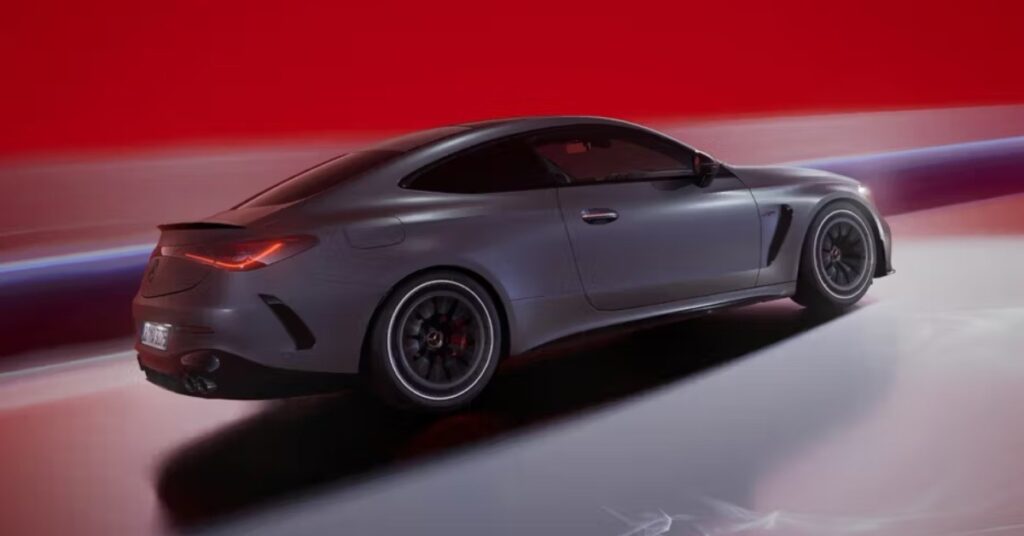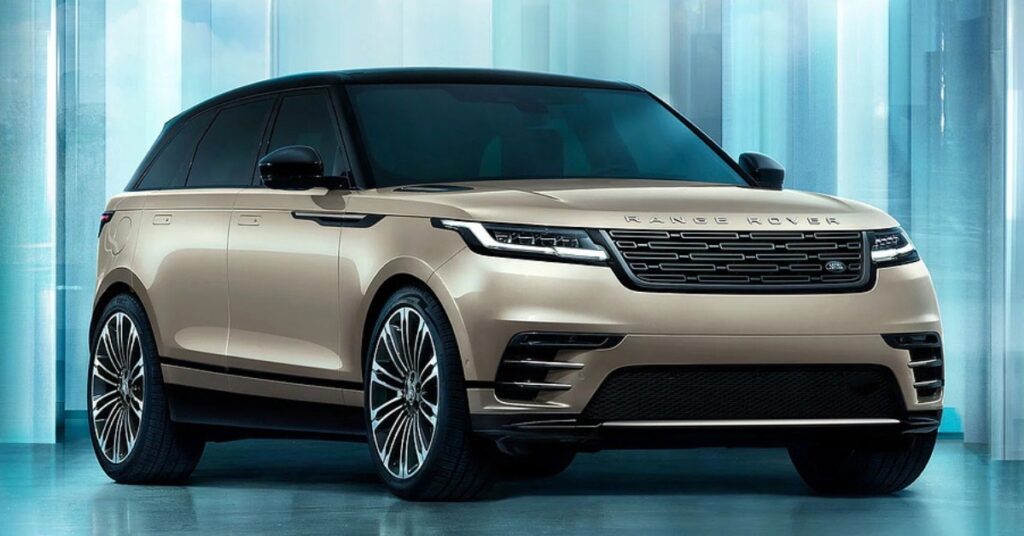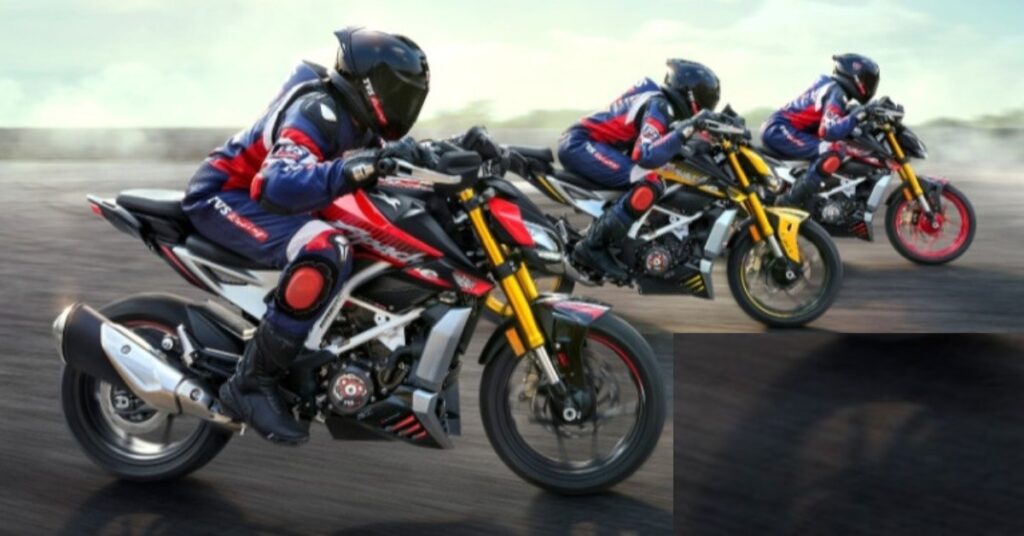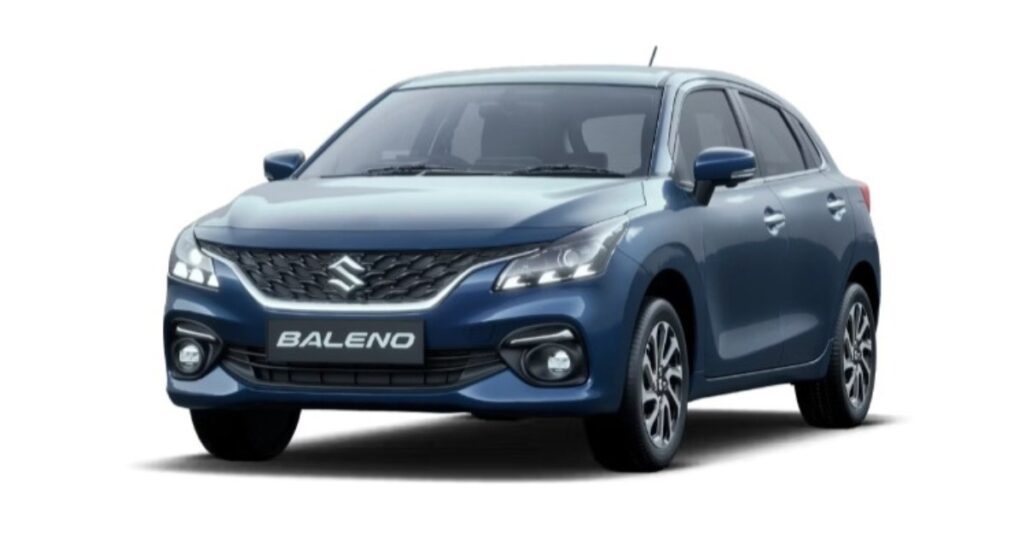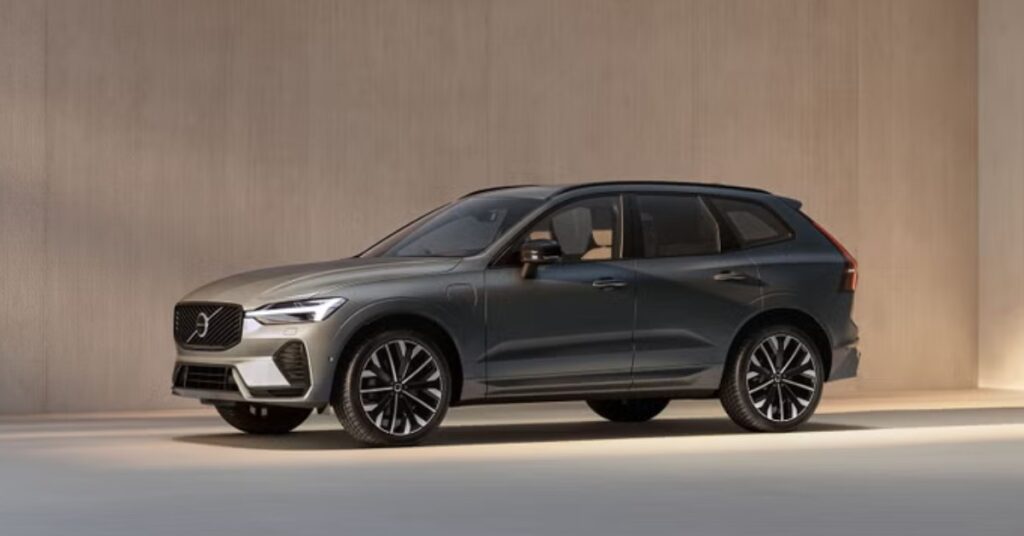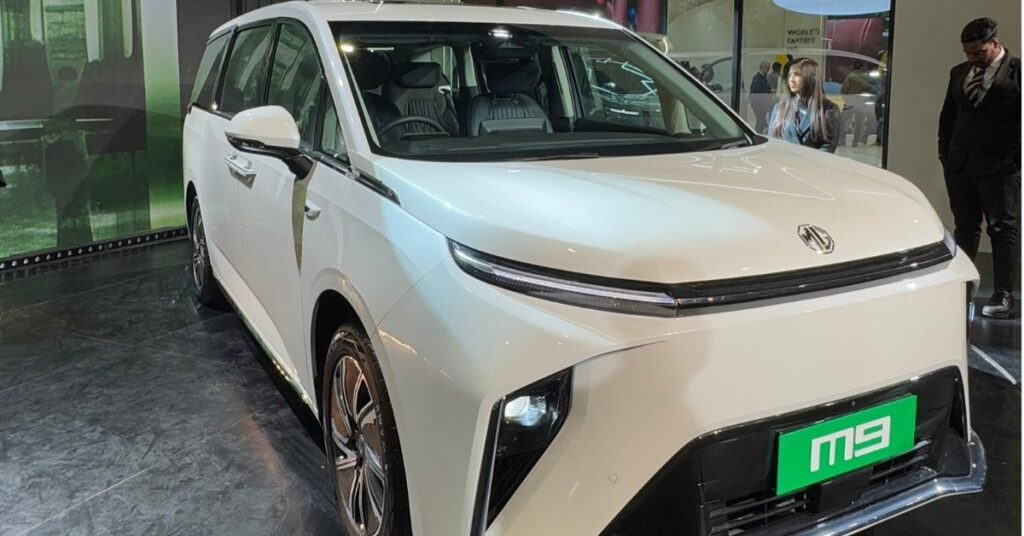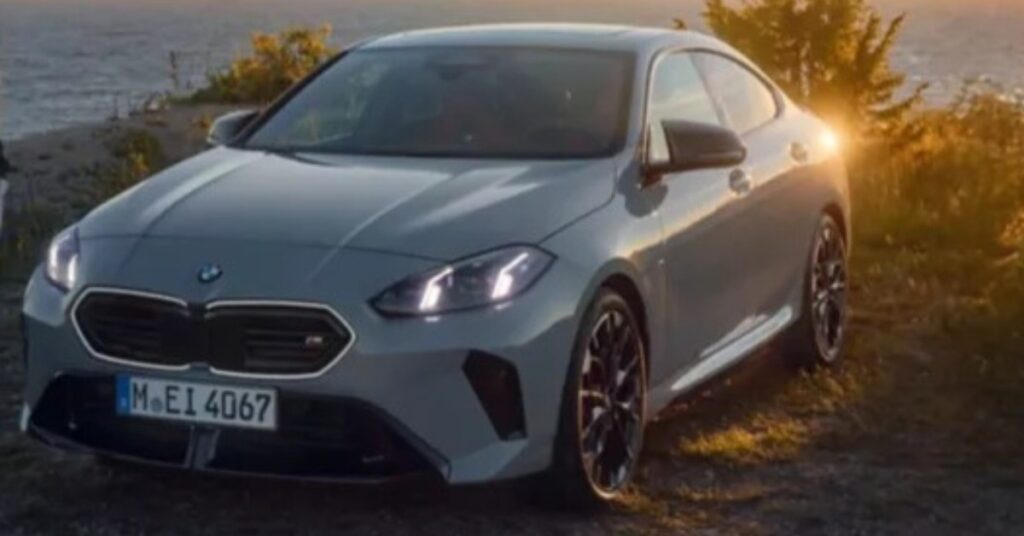Tata Harrier EV launched in India at Rs 21.49 lakh with 627 km range, dual battery options, all-wheel-drive, and premium features. Bookings open July 2.
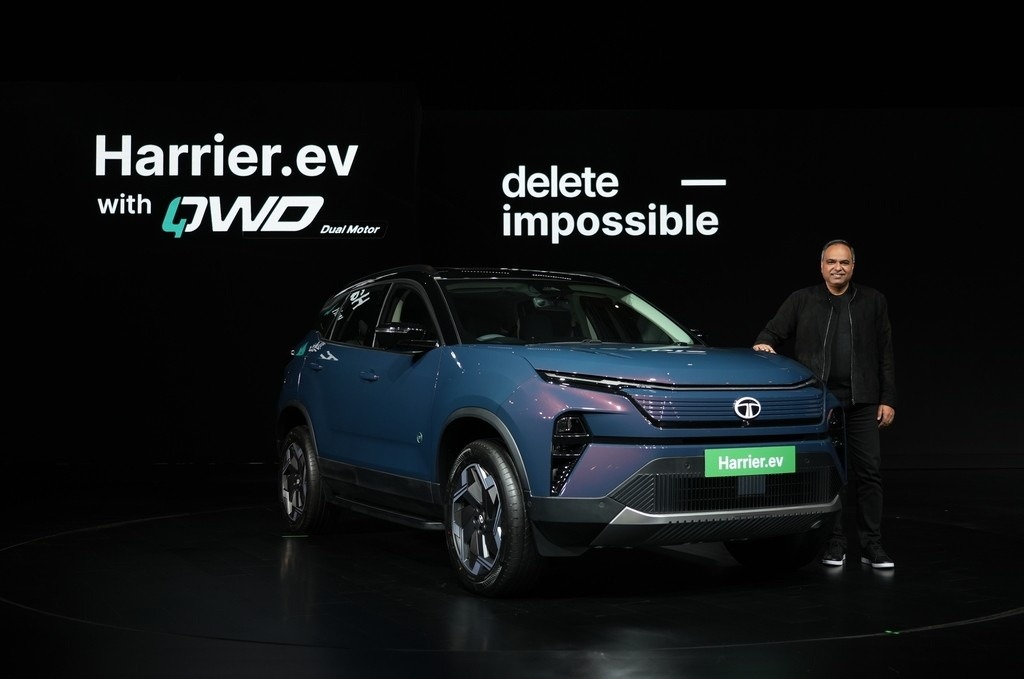
Tata Motors has officially launched the much-awaited Harrier EV in India at a starting price of Rs 21.49 lakh (ex-showroom). The electric SUV marks a major step forward in the brand’s EV portfolio and is set to go on sale with bookings opening on July 2, 2025.
Unveiled first as a concept at the Auto Expo and later shown in production form at the Bharat Mobility Global Expo 2025, the Harrier EV was developed with off-road enthusiasts in mind. It features an all-wheel-drive configuration with dual motors – one on each axle – delivering a peak torque output of 504 Nm. It supports multiple terrain modes including Normal, Mud, Rock Crawl, Snow/Grass, and Sand, along with a Boost mode to enhance performance in challenging conditions.
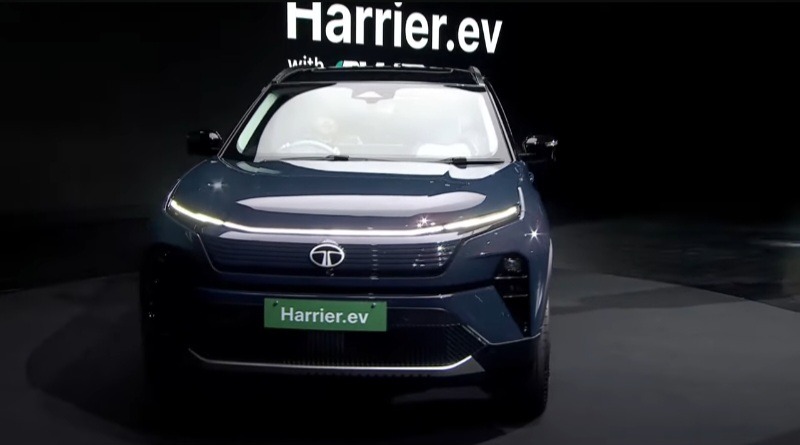
What makes it even more capable off-road is its approach angle of 25.3 degrees, departure angle of 26.4 degrees, and breakover angle of 16.6 degrees. Off-road aids such as transparent mode, off-road cruise assist, and a 360-degree camera system come as part of the package.

The Harrier EV is built on the Acti.ev+ platform – a heavily reworked version of the OMEGA Arc architecture – tailored for electrification. The SUV is equipped with a choice of two battery packs: 75 kWh and 65 kWh. Depending on the variant, customers can choose between a rear-wheel-drive or all-wheel-drive setup. Tata claims a MIDC-certified range of up to 627 km, with real-world figures expected to fall between 480–505 km. It can sprint from 0–100 km/h in just 6.3 seconds and can handle gradients over 50%, proving its ability to take on tougher terrain.
Also Read: Toyota Fortuner and Legender 48V Mild-Hybrid Variants Launched in India; Prices Start at ₹44.72 Lakh

Charging is another strong point. The Harrier EV supports fast charging with the ability to top up the battery from 20% to 80% in just 25 minutes using a 120 kW DC charger. With this setup, users can gain around 250 km of range in just 15 minutes. Tata has also focused on charging convenience by offering multiple payment methods and access to its rapidly growing EV charging network.

The cabin brings a premium feel with several upgrades over the ICE version. It features the world’s first 14.5-inch QLED touchscreen infotainment system with wireless Apple CarPlay and Android Auto, over 25 built-in apps, a digital instrument cluster with EV-specific graphics, and Level 2 ADAS sourced from Intel Mobileye. Other highlights include India’s first 540-degree camera view with kerb impact alert, auto parking with summon mode, and a 10-speaker JBL sound system with Dolby Atmos.

Inside, the SUV retains its five-seat configuration and comes with a high level of customization. It will be available in three personas and four color options: Stealth Black (matte finish), Nainital Nocturne, Empowered Oxide, Pure Grey, and Pristine White. The matte-finished Stealth Black version especially enhances the SUV’s rugged and sporty appeal.
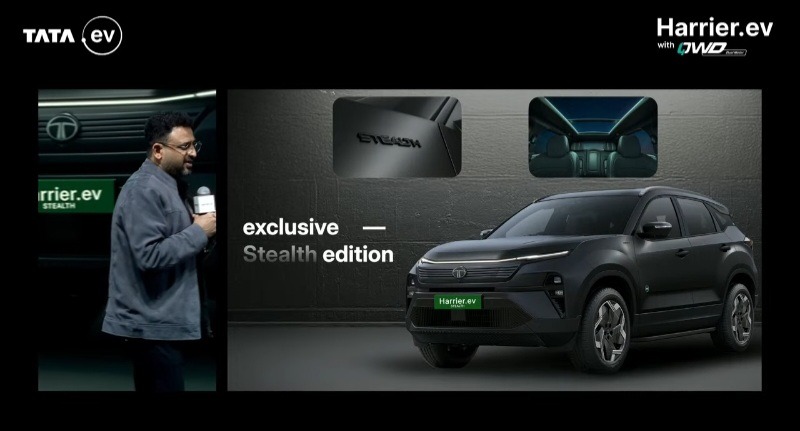
The Harrier EV’s powertrain components are locally sourced – the front 116 kW induction motor is supplied by Tata AutoComp, while the rear 175 kW (235 bhp, 340 Nm in Boost mode) e-motor comes from Schaeffler. The LFP battery pack has been designed by Octillion and built in India, underlining Tata’s commitment to localization.
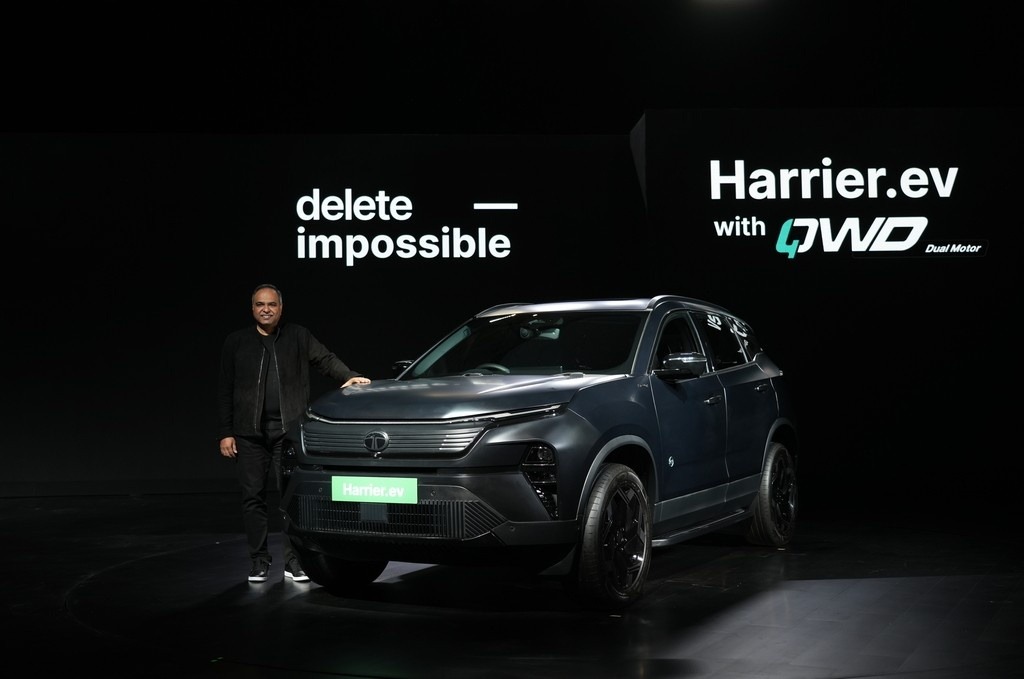
The company has also announced a lifetime battery warranty, underlining confidence in its EV technology. The Harrier EV also supports V2V (vehicle-to-vehicle) and V2L (vehicle-to-load) capabilities, making it suitable for powering external devices or even charging other EVs.
Following the Harrier EV, Tata Motors plans to launch the next-generation Sierra in both ICE and electric formats later this fiscal year. Parallelly, development continues on the more premium Avinya EV series.
With no direct rival currently in the premium electric SUV space combining real-world range, strong off-road credentials, and made-in-India innovation, the Tata Harrier EV is poised to set new benchmarks in the segment.

